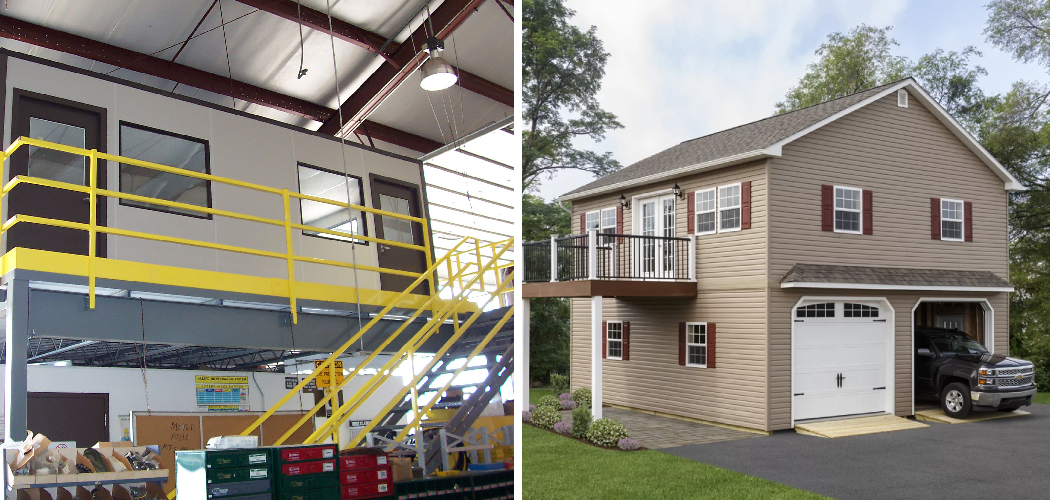Are you searching for a way to expand your metal building? Adding a second story may be the perfect solution! By constructing an additional floor, you can give yourself more space without needing to build a separate structure. And while it might seem intimidating at first, creating a second level in your existing metal building is actually fairly simple – as long as you have the right information and tools.
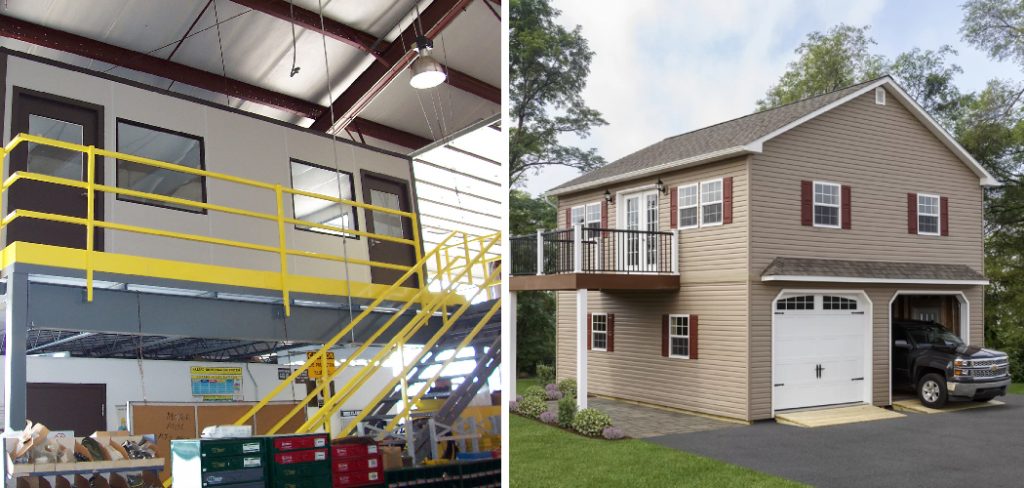
With this comprehensive guide on how to build a second floor in a metal building, you’ll get valuable insights into how to effectively construct a second story in your steel building safely and efficiently. So read on to discover step-by-step instructions for turning your single-story metal block into two floors of functional real estate!
11 Step-by-step Guidelines on How to Build a Second Floor in a Metal Building
Step 1: Prepare Your Foundation
Before constructing your second story, it’s important to ensure that the foundation of your metal building is sound. Check for any cracks or other signs of damage, and consider obtaining a professional assessment if you’re unsure whether the foundation is solid.
It’s also essential to make sure that the walls have adequate bracing and are properly reinforced. It’s best to take the necessary steps to address any potential issues now so you don’t encounter problems later.
Step 2: Assemble the Floor Joists
Using metal joists, assemble a sturdy frame for the second floor using your chosen materials. Measure and cut the necessary lengths of the joist accordingly. Next, secure them in place on top of your existing foundation with bolts or screws.
This is the skeleton of your second story, so it’s important to make sure that it’s strong and level. If possible, have someone check the frame’s alignment before moving on to the next step. This will save you time and money in the long run. But if you can’t, use a level to confirm that everything is straight.
Step 3: Attach Additional Support Beams to Your Frame
For maximum stability, attach additional support beams along each side of your floor joists. Make sure that these beams are properly secured so they don’t weaken over time due to wear and tear from movement or weight placed upon them. If necessary, reinforce the connection between the joists and support beams with additional bolts or screws. Moreover, consider using steel girders to give your structure increased stability.
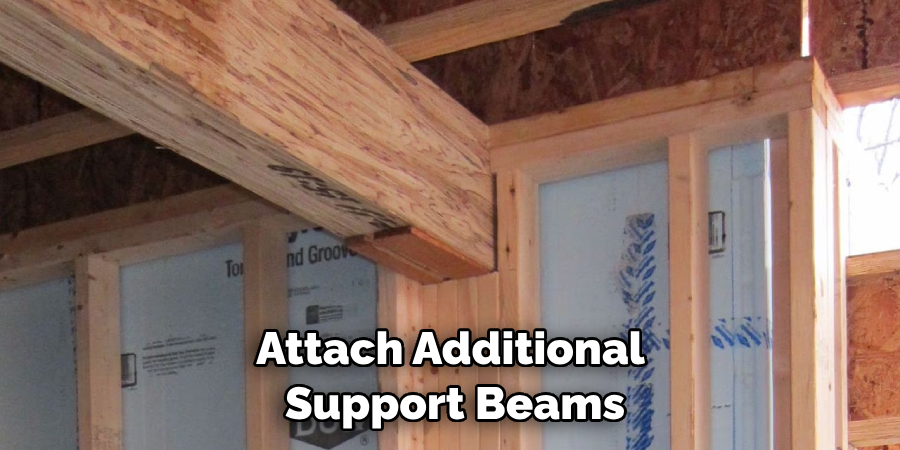
Step 4: Install Decking Boards
You’ll need to cover the joists and support beams with decking boards. This will help create a stable surface that can support the weight of any furniture or other items you decide to put in your second floor. It also helps reduce the sound from downstairs, so your upper level feels more insulated and private.
This step can be done with plywood, OSB boards, or other types of decking material. But it’s important to make sure that the boards are properly secured with nails or screws.
Step 5: Brace Your Walls For Safety
You should also install cross-bracing along each wall of your metal building – this is especially important if there are large windows or openings that could weaken the overall structure. Select materials that are strong enough to withstand pressure, such as steel bars.
It’s also a good idea to install diagonal bracing, which will further reinforce the walls and provide additional stability. This will ensure that the building remains safe and secure even when heavy items are placed on the second floor.
Step 6: Add an Insulation Layer for Comfort
In order to keep your new second-story comfortable all year long, consider adding an insulation layer between the walls and roof – doing so will help maintain a consistent interior temperature. Select a material that’s durable and energy-efficient, such as foam or fiberglass insulation.
It’s also important to make sure that the insulation is properly sealed to ensure that no air or moisture seeps through. If you’re not sure how to do this, consult a professional for advice.
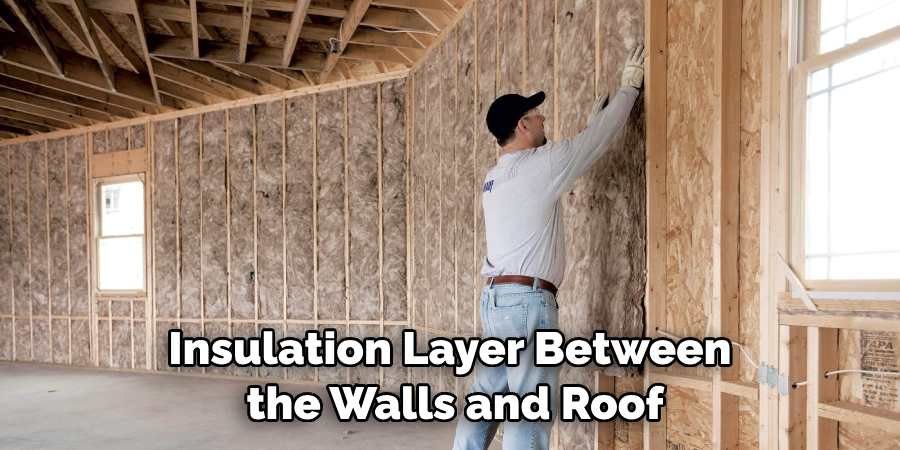
Step 7: Install Electrical Outlets and Other Necessities
Next, you’ll need to install electrical outlets, light fixtures, heating systems, and other necessities for your second floor. Make sure to bring in professionals if needed so they can properly wire everything together for safe operation.
It’s also important to pay attention to local building codes when selecting and installing electrical components – in some areas, certain materials may be prohibited from use. This step may require some additional time and money, but it’s essential for keeping your new upper-level safe and functional.
Step 8: Add a Staircase For Easy Access
To make it easier to access the second level of your metal building, create a staircase leading up to it from the ground floor – this will provide an easy way for people to reach the upper level without needing ladders or other cumbersome methods of ascent.
But make sure to build your staircase in accordance with local codes and safety requirements. To ensure that everything is up to par, consider consulting a professional for advice.
Step 9: Install the Walls and Ceiling
Once you’ve completed all the necessary preparations, it’s time to install the walls and ceiling on your second floor. Measure every angle of the room carefully so that you get a perfect fit – using pre-cut panels, attach them in place with screws or other fasteners. This is also the time to install any additional structural elements, such as load-bearing beams or columns. When you’re done, you should have a fully enclosed second floor!
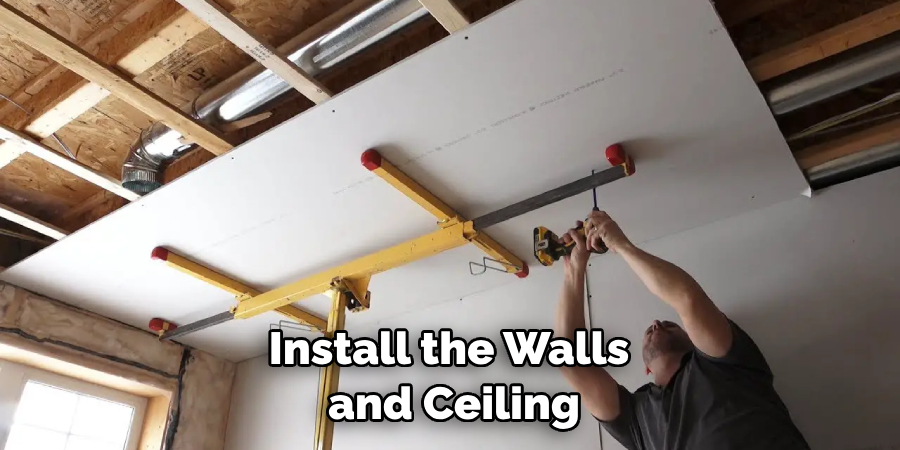
Step 10: Apply Paint and Wallpaper for Design
Paint and wallpaper can help to spruce up the interior of your second story, creating a more inviting atmosphere. Choose colors that match your existing décor, or experiment with bolder shades if you want to make a statement. Although this step isn’t necessary, it’s a great way to add character and make your new space more enjoyable. You can even hire a professional to help if you’re not confident in your design skills.
Step 11: Decorate Your Second Story!
Finally, add furniture, artwork, rugs, curtains – whatever you’d like to create an inviting environment in your new second level! With the previous steps completed, you can now enjoy having a multi-floor metal building – and all of the extra space it offers.
Always remember to prioritize safety and keep the building up-to-code with regular maintenance, so you can enjoy your new space for years to come. But most of all, have fun decorating and making the second floor your own. Good luck!
With these guidelines on how to build a second floor in a metal building, you can now safely and efficiently construct an additional story in your existing structure. As long as you understand the process from start to finish and have access to the proper materials, creating another level should be fairly straightforward. Best of luck with your project – happy building!
Frequently Asked Questions
Q: Does Constructing a Second Floor in a Metal Building Require Professional Assistance?
A: While it’s possible to build the second story yourself, it’s highly recommended that you obtain professional help if needed. This ensures that everything is properly constructed and wired for safe operation.
Q: How Long Does It Take to Build a Second Floor in a Metal Building?
A: The amount of time it takes to build a second floor will vary depending on the size of your metal building, as well as how much additional work needs to be done. Generally speaking, expect the process to take anywhere from one week to several months.
Q: What Materials Do I Need To Construct a Second Story?
A: You’ll need metal joists, decking boards, support beams, insulation material, electrical wiring supplies, wall panels, paint & wallpaper, and any other amenities you want to include. Make sure to consult a professional for advice if needed.
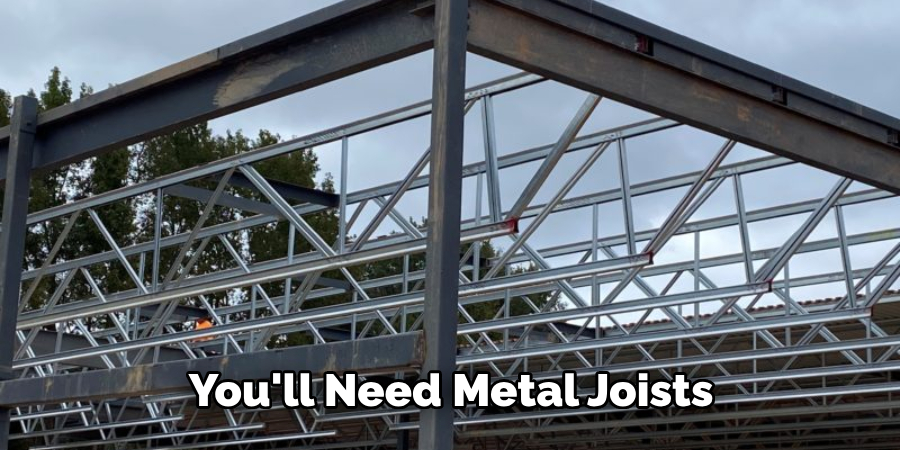
Q: What Are the Benefits of Constructing a Second Floor in a Metal Building?
A: The biggest advantage to adding an extra story is gaining access to additional space – which can come in handy for a variety of uses, from storage to living quarters. It also increases the value of your property and provides a sense of accomplishment upon completion!
Conclusion
Building a second floor in your metal building can be an intimidating endeavor, but with the right planning and tools, you can achieve your goal. There are many factors to consider before embarking on this journey such as additional bracing, appropriate stairs, required materials, and more. When combined together correctly, these elements create a successful and attractive addition to any metal building structure.
If you’re considering adding a second floor to your metal building structure, take time to research the requirements necessary to ensure that the result is as safe and aesthetically pleasing as possible. With some due diligence and patience, you can create an ideal environment in your structure without sacrificing safety or quality of life.
So don’t wait any longer: start planning for the perfect second-floor addition today! Thanks for reading this article on how to build a second floor in a metal building.
